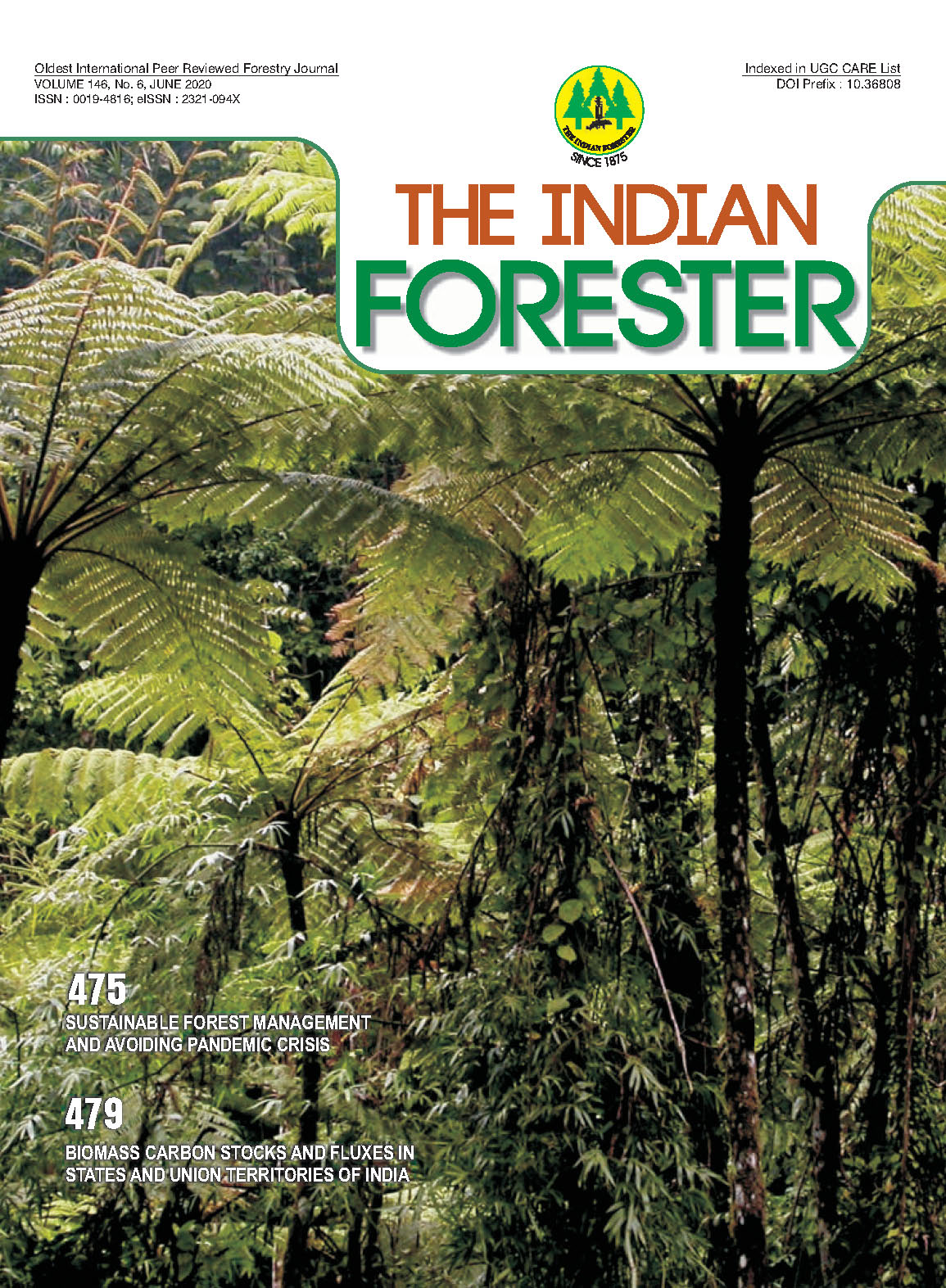Flora of Khandagiri and Udayagiri: An Urban Heritage of Odisha
DOI:
https://doi.org/10.36808/if/2020/v146i6/146457Keywords:
Khandagiri-Udayagiri Hills, Cryptogams, Floral Diversity, Threatened Plants, Conservation.Abstract
The Khandagiri and Udayagiri hills are situated in the heart of temple city Bhubaneswar with about 411 species of plants. The vegetation here more or less conforms to tropical low mixed and semi evergreen forest and dry evergreen forest type vegetation, characteristic of sandstone hills that are similar to Chandaka-Dampada-Nandanakanan range. Additionally, the area is home to over 100 species of medicinal plants, wild edible fruit plants and several botanically interesting species. Gardenia latifolia, Memecylon umbellatum, Pterospermum xylocarpum, Alphonsea madraspatana, Desmodium alysicarpoides, Syzygium cerasoides, Canthium dicoccum, Manilkara hexandra, Sarcostemma acidum, Croton caudatus are some of the characteristic plants found in this hill. The paper highlights the needs of conservation of this unique threatened habitat which might help in its long-term protection and conservation.References
Bhadra A.K. and Pattnayak S.K. (2019). Tree Species Population Dynamics in the Tropical Dry Deciduous Forest of Gandhamardan Hills, Eastern Ghats, Western Odisha. Indian Forester, 145(2): 101-113.
Choudhury B.P. and Patnaik S.N. (1982). Contribution to the flora of the Khandagiri-Udayagiri hills. Journal of Economic and Taxonomic Botany, 3:797-810.
Haines H.H. (1921-1925). The Botany of Bihar and Orissa, vol 5-6. Adlard and Sons and West Newman, London, pp 1115-1124.
Kumar A.R., Das B.K. and Rajak F. (2018). Assessment of Jainism cave architecture of Khandgiri and Udaygiri caves of Orissa. International Journal of Civil Engineering and Technology, 9(7): 1713-1723.
Mooney H.F. (1950). Supplement to the Botany of Bihar and Orissa, Ranchi.
Pradhan A., Mishra S. and Behera N. (2017). Diversity, Population Structure and Regeneration Potential of Tree Species in a Community Conserved Sacred Forest from Western Odisha, India. Indian Forester, 143(6): 566-572.
Saxena H.O. and Brahmam M. (1995). The Flora of Odisha, Regional Research Laboratory and Orissa Forest Development Corporation Ltd. Bhubaneswar. Pp-1-2918.
Tilman D. and Lehman C. (2001). Human caused environmental change: Impacts on plant diversity and evolution. Proceedings of the National Academy of Sciences of the United States of America. 98: 5433-5440.
Downloads
Downloads
Published
How to Cite
Issue
Section
License
Unless otherwise stated, copyright or similar rights in all materials presented on the site, including graphical images, are owned by Indian Forester.





